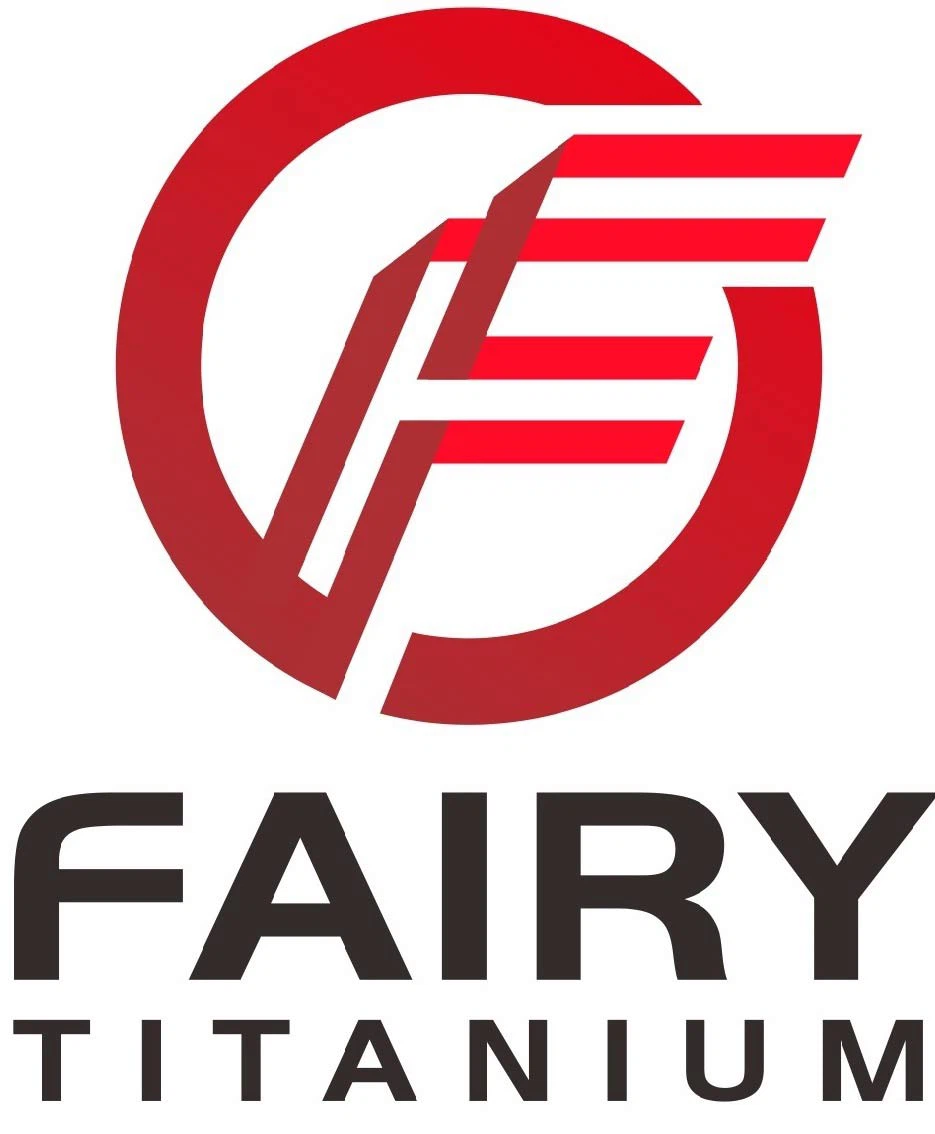EN 10204/3.1 and EN 10204/3.2 refer to product inspection certificates (inspection certificates), which are used to prove that products comply with specific standards and specifications. These standards are commonly used in the production and delivery of metallic materials, parts, and assemblies.
The main difference between the two standards is the level of product inspection certificate and the degree of audit:
EN 10204/3.1:
This is a quality certification document, signed by the manufacturer, certifying that the product meets the specifications and standards required by the order.
Product inspection certificate 3.1 includes basic requirements such as the chemical composition and mechanical properties of the product, as well as the traceability and compliance statement of the manufacturing process.
The certificate is signed by the manufacturer's quality assurance department and confirms that the product has been independently inspected and meets specified standards.
EN 10204/3.2:
Unlike 3.1, level 3.2 product inspection certificates include additional independent inspection and auditing.
Level 3.2 certificates are usually issued by an independent third party, a certification body, or an inspection agency designated by the customer.
These certificates not only confirm the manufacturer's claims but also ensure the results of independent inspections and audits to verify product integrity and conformity.

In practical applications, customers usually choose the appropriate inspection certificate level based on the importance and risk of the product. For some critical applications or industries with extremely high-quality requirements, such as aerospace or medical devices, an EN 10204/3.2 level inspection certificate may be required to ensure that the quality and conformity of the product have been independently certified.








